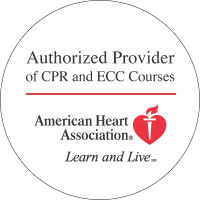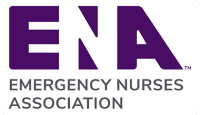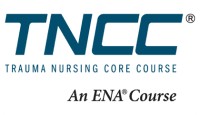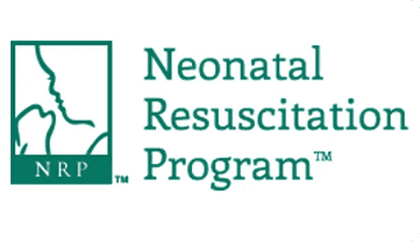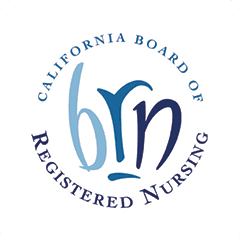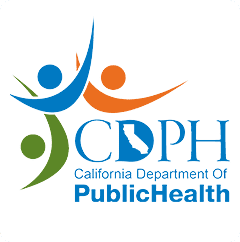When treating any patient, it is important to recognize what underlying concerns could be causing the present issue. Not only will this help you decide upon the correct treatment method, but also it will help you treat your patient in a more time-conscious manner. This is particularly important when treating patients with life-threatening conditions. When you learn ACLS, you will be clued in to what is commonly called the H’s and T’s, which is a mnemonic to help you memorize some of the underlying causes of the most common arrest algorithms.
The H’s of ACLS
-Hypovolemia
A loss of fluid volume can lead to tachycardia as well as a narrowed QRS. You must determine if hypovolemia has occurred secondary to blood loss and will need to replace lost fluid or blood quickly.
-Hypoxia
Poor oxygenation can lead to bradycardia as well as to blue-tinged tissues. You will want to check for a patent airway and provide oxygen.
-Hydrogen
This refers to acidosis, which is a high level of hydrogen ions in the blood. You may see the QRS complex flattening and will need to take a blood gas for positive diagnosis. Proper ventilation is important.
-Hypokalemia and Hyperkalemia
Low or high levels of potassium in the body can lead to issues with the T wave and may be addressed immediately with sodium bicarbonate and a longer-term diluted potassium drip.
-Hypothermia
The shivering patient should be actively warmed with blankets and a Bair Hugger.
The T’s of ACLS
-Tamponade
Fluid around the heart can lead to tachycardia and a narrowed QRS complex. Immediate pericardiocentesis or thoracotomy may be indicated.
-Toxins
Poisoning will require the correct overdose-reversing drug.
-Tension Pneumothorax
When air is present in the thoracic cavity, the doctor will most likely need to insert a chest tube immediately.
-Thrombosis
Pulmonary thrombosis is usually treated with anticoagulants or fibrinolytic therapy while coronary thrombosis may require angioplasty or a stent.
Tips for Memorization
Start by studying your ACLS booklet to understand more about the signs and treatments of each of these conditions. When you understand them, you will find it much easier to memorize them. Next, ask another person to quiz you on them. Be sure that you understand what heart rhythms you are most likely to see with each issue, and ensure that you can quickly state what type of treatment would be needed. These facts may be covered on your ACLS examination and megacode.
There is also one H and one T that have been removed from the mnemonic in recent years. While hypoglycemia and trauma may not be seen as key indicators for arrest any longer, it is still helpful to consider both of these concerns as you perform a quick assessment of your critically ill patient.
The American Heart Association supports this helpful mnemonic, and you are sure to learn more about it during your ACLS certification class. We recommend that you consider becoming ACLS-certified through a class from Project Heartbeat. Our classes cover all of the basics while also going into more detail on those problems that you are most likely to see in your care for your critically ill patients who are coding. Contact us today to find out more about our classes in both Sacramento and the Bay Area of California.


